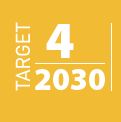





Median
Medians physically separate opposing traffic streams and help stop vehicles travelling into opposing traffic lanes.
They are often built on the centre of wide urban multi-lane and high-speed roads and can be used to limit turning options for vehicles and shift these movements to safer locations, create space for protected turn lanes at intersections, and provide a refuge for pedestrians and bicyclists. Medians can also be accompanied by pedestrian fencing or safety barriers.
Median safety barriers can be made of a range of materials including concrete, steel, and wire rope. Decisions about what type of median barrier should be used should be based on several factors including traffic volume, traffic speed, vehicle mix, median width, the number of lanes, road alignment, crash history, and installation and maintenance costs.
- Reduced head-on crashes.
- Can help to prevent dangerous overtaking manoeuvres.
- Can shift turning movements to safer locations.
- Can create space of protected turn lanes at intersections.
- Can create a refuge for pedestrians and bicyclists.
- Medians can restrict traffic flow if a vehicle breaks down, and can block access for emergency vehicles.
- Pedestrians are often reluctant to make wide detours, and so may attempt to cross at locations with barriers installed, resulting in dangerous pedestrian activity.
- In some regions the materials used in median barriers may be at risk of being stolen.
- The ends of median barriers must be well designed or they can be a safety hazard.
- Clearly visible signs and effective enforcement are needed to ensure that drivers do not drive on the wrong side of the median.
- Tall median barriers can adversely affect visibility when combined with curves and/or crest profiles.
- Continuous tall median barriers can contribute to tunnel vision of drivers and adversely affect the visibility and conspicuity of pedestrians crossings along the road.
The Star Rating Demonstrator is a freely available tool with the iRAP online software, ViDA. With the Star Rating Demonstrator, it is possible to explore the impact that this Safer Roads Treatment has on risk.
Treatment Summary
Costs | Medium to high |
Potential casualty reduction | 10 years - 20 years |
Effectiveness | 60% or more |
Case Studies
| Examples of related Case Studies |
|---|
| N-IV (CH. 558+500 – CH. 566+500, Seville) |
| Corridor C-12 Road |
| Mexico’s National Network |
| Rural road and motorway profiles |
Related Images
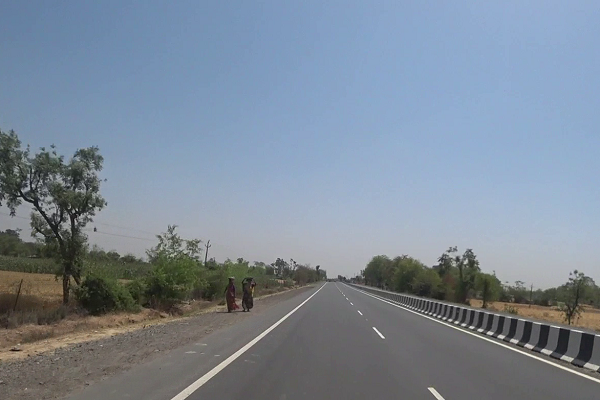 Dual carriageway state highway in India with concrete median barrier. Image credit: iRAP
Dual carriageway state highway in India with concrete median barrier. Image credit: iRAP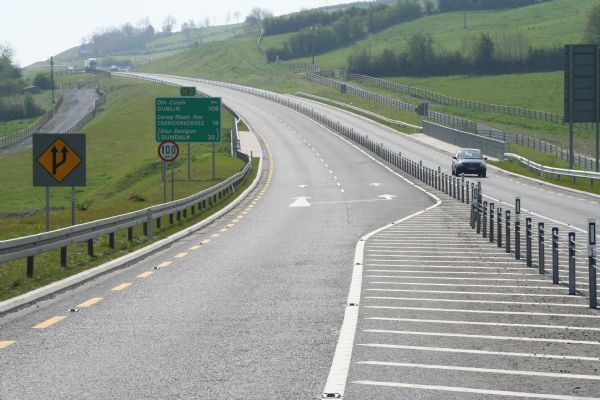 A divided road in Ireland with 2+1 lane configuration and wire-rope median barrier. Image credit: EuroRAP
A divided road in Ireland with 2+1 lane configuration and wire-rope median barrier. Image credit: EuroRAP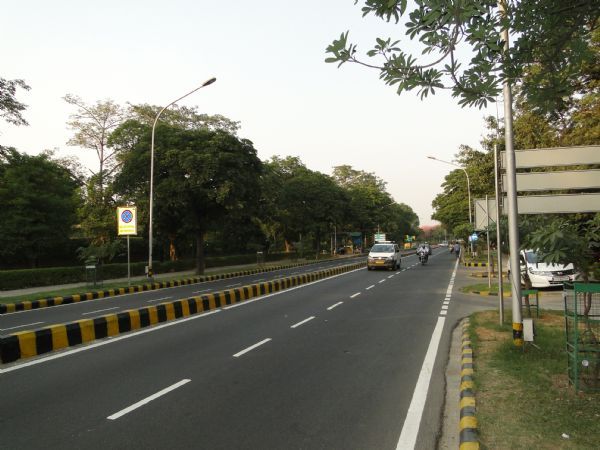 A divided urban road with narrow median in New Delhi, India. Image credit: Greg Smith
A divided urban road with narrow median in New Delhi, India. Image credit: Greg Smith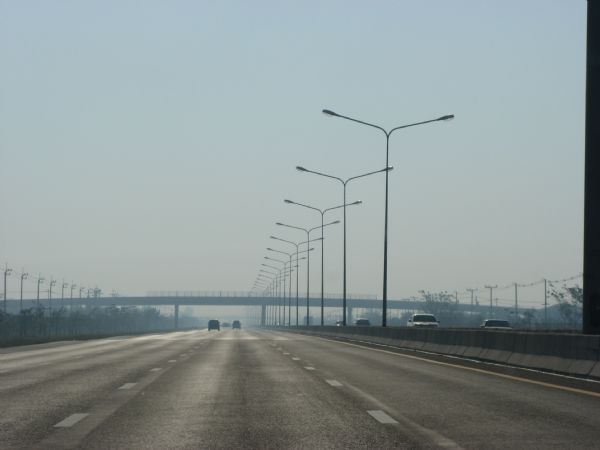 A wide lane freeway in Thailand with street lighting. Image credit: Peter Croft
A wide lane freeway in Thailand with street lighting. Image credit: Peter Croft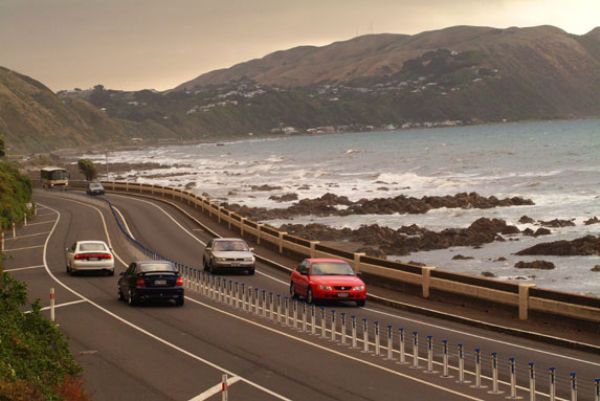 A wire-rope median safety barrier in New Zealand. Image credit: New Zealand Transport Agency
A wire-rope median safety barrier in New Zealand. Image credit: New Zealand Transport Agency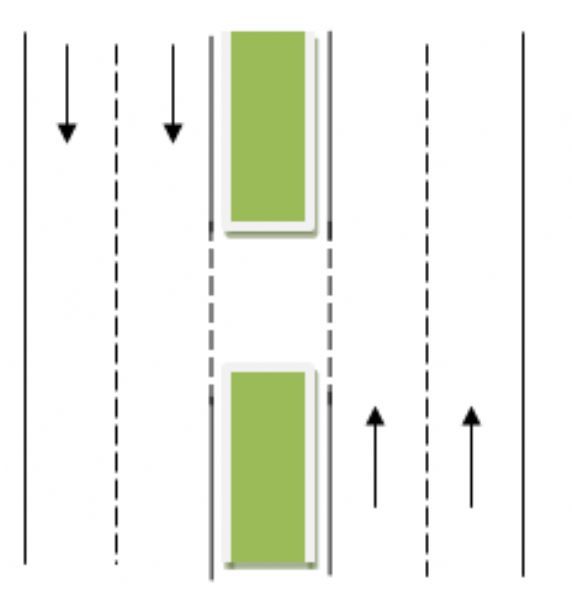 Diagram showing a median crossing - no acceleration or deceleration lane present
Diagram showing a median crossing - no acceleration or deceleration lane present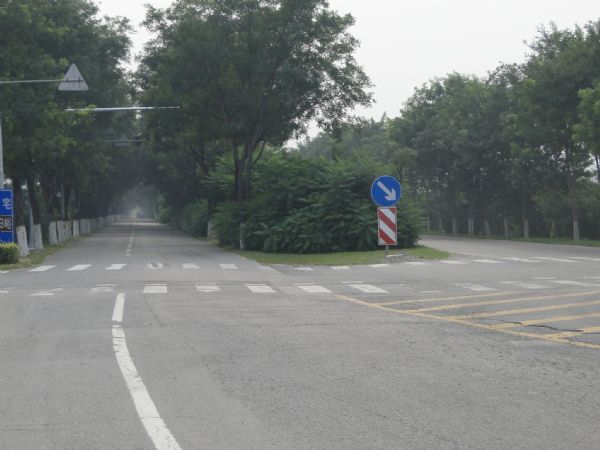 Divided road - China. Image credit: Greg Smith
Divided road - China. Image credit: Greg Smith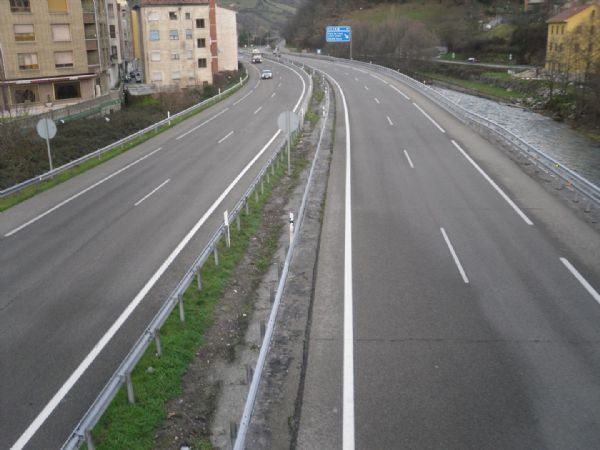 Duplication with median barrier in Asturias, Spain. Image credit: Luke Rogers, iRAP
Duplication with median barrier in Asturias, Spain. Image credit: Luke Rogers, iRAP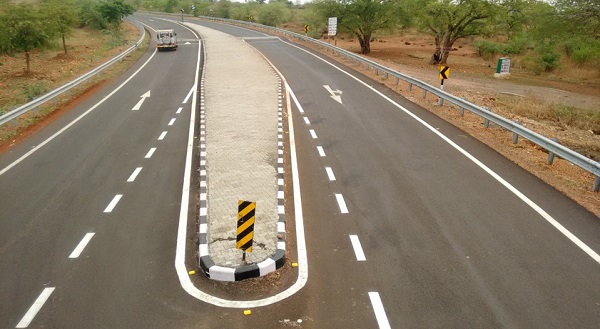 Median island in India. Image credit: World Bank
Median island in India. Image credit: World Bank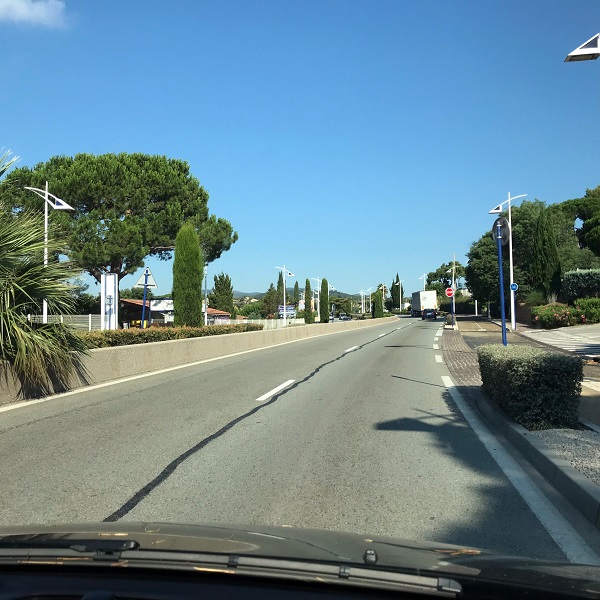 Media barrier in France. Image credit: Unknown
Media barrier in France. Image credit: Unknown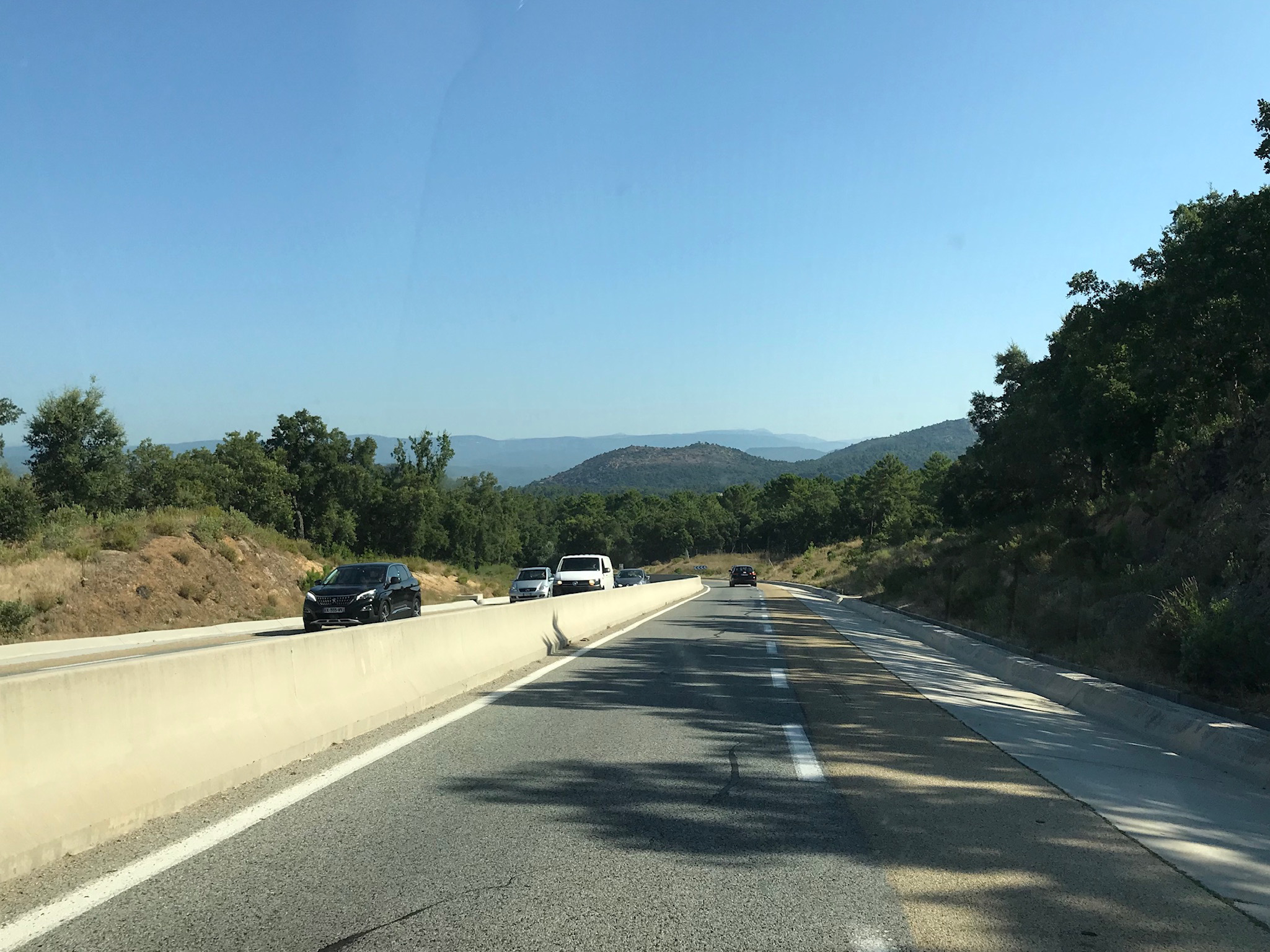 Concrete median barrier in France. Image credit: Unknown
Concrete median barrier in France. Image credit: Unknown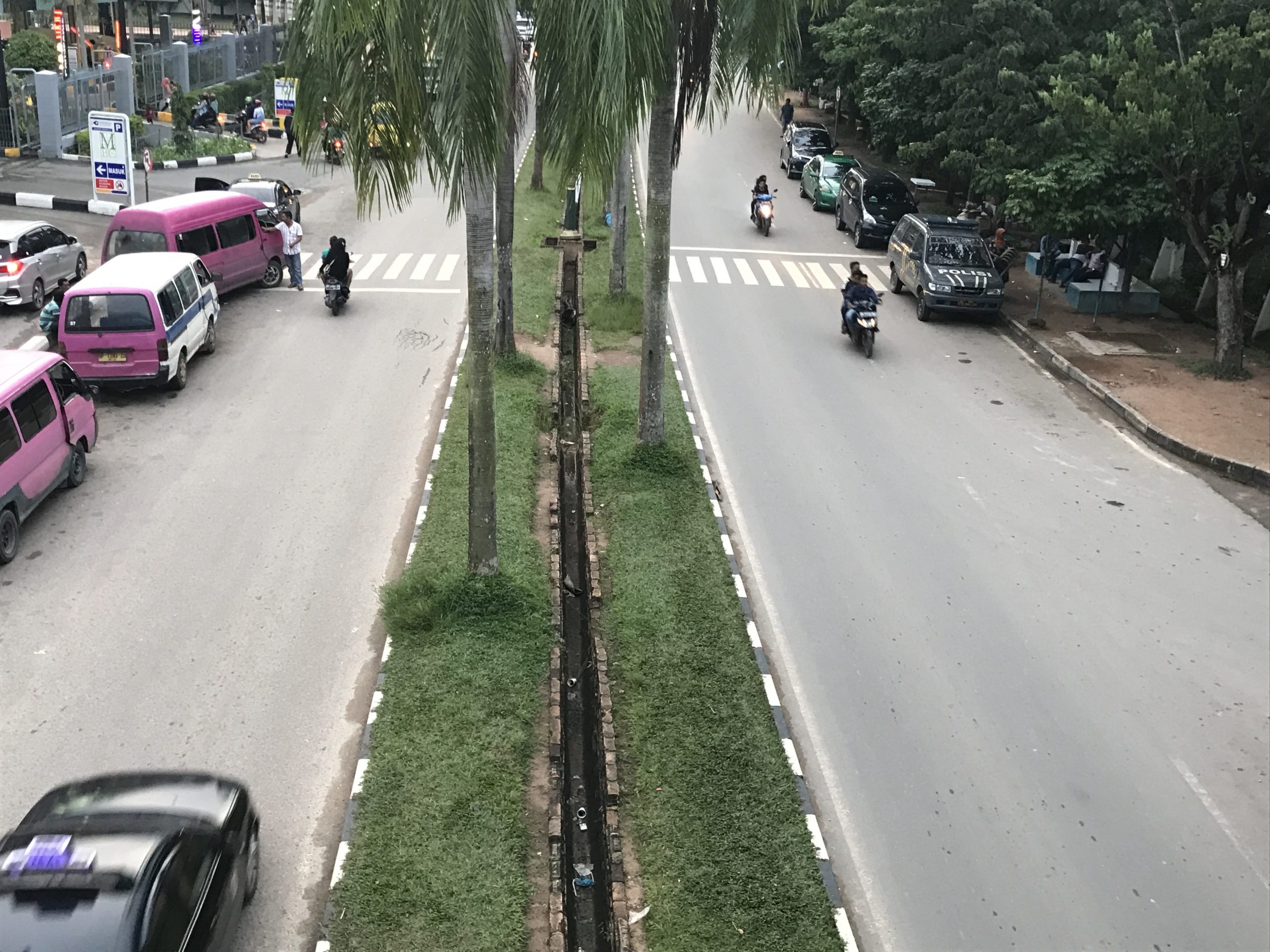 Median island in Indonesia. Image credit: Alina Burlacu
Median island in Indonesia. Image credit: Alina Burlacu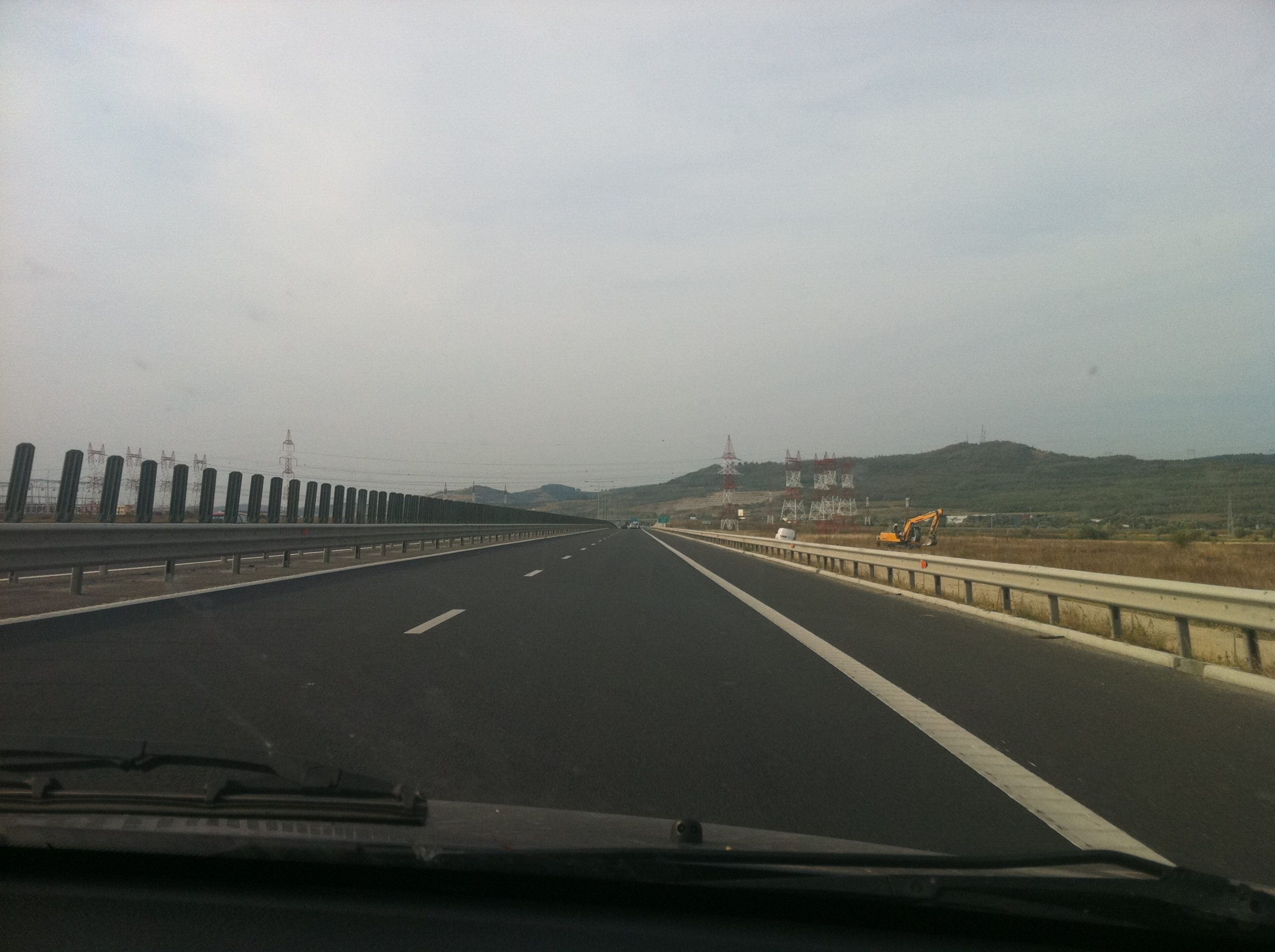 Motorway with safety barriers, wide shoulder and rumble strip edge lines in Romania. Image credit: Alina Burlacu
Motorway with safety barriers, wide shoulder and rumble strip edge lines in Romania. Image credit: Alina Burlacu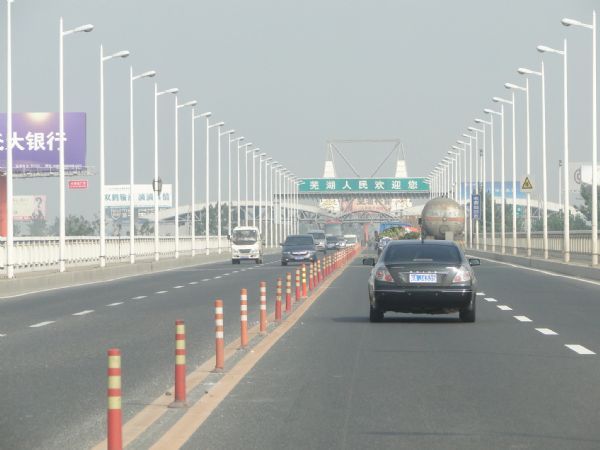 Road with street lighting and opposing lanes of traffic separated by flexible posts in China. Image credit: iRAP
Road with street lighting and opposing lanes of traffic separated by flexible posts in China. Image credit: iRAP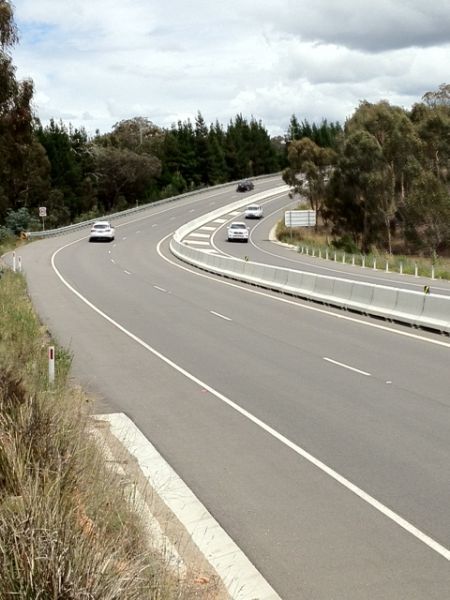 Roadside and median safety barriers on a curve in Australia. Image credit: Greg Smith
Roadside and median safety barriers on a curve in Australia. Image credit: Greg Smith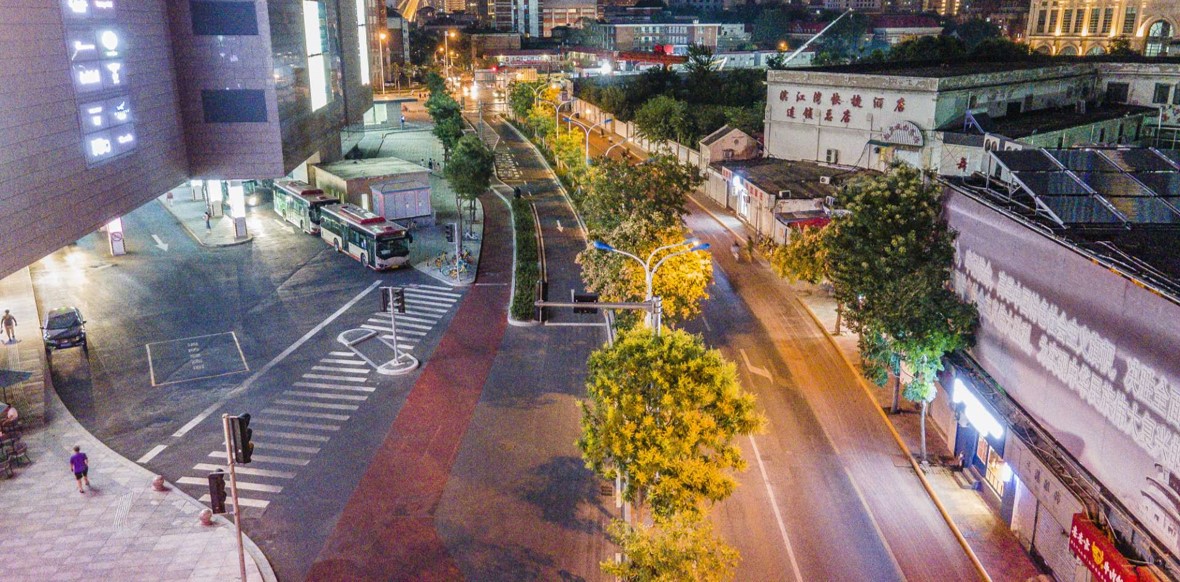 Urban road at a multimodal transport hub with sidewalks, bicycle lanes, median and pedestrian crossing in China. Image credit: Tianjin Urban Construction Design Institute
Urban road at a multimodal transport hub with sidewalks, bicycle lanes, median and pedestrian crossing in China. Image credit: Tianjin Urban Construction Design Institute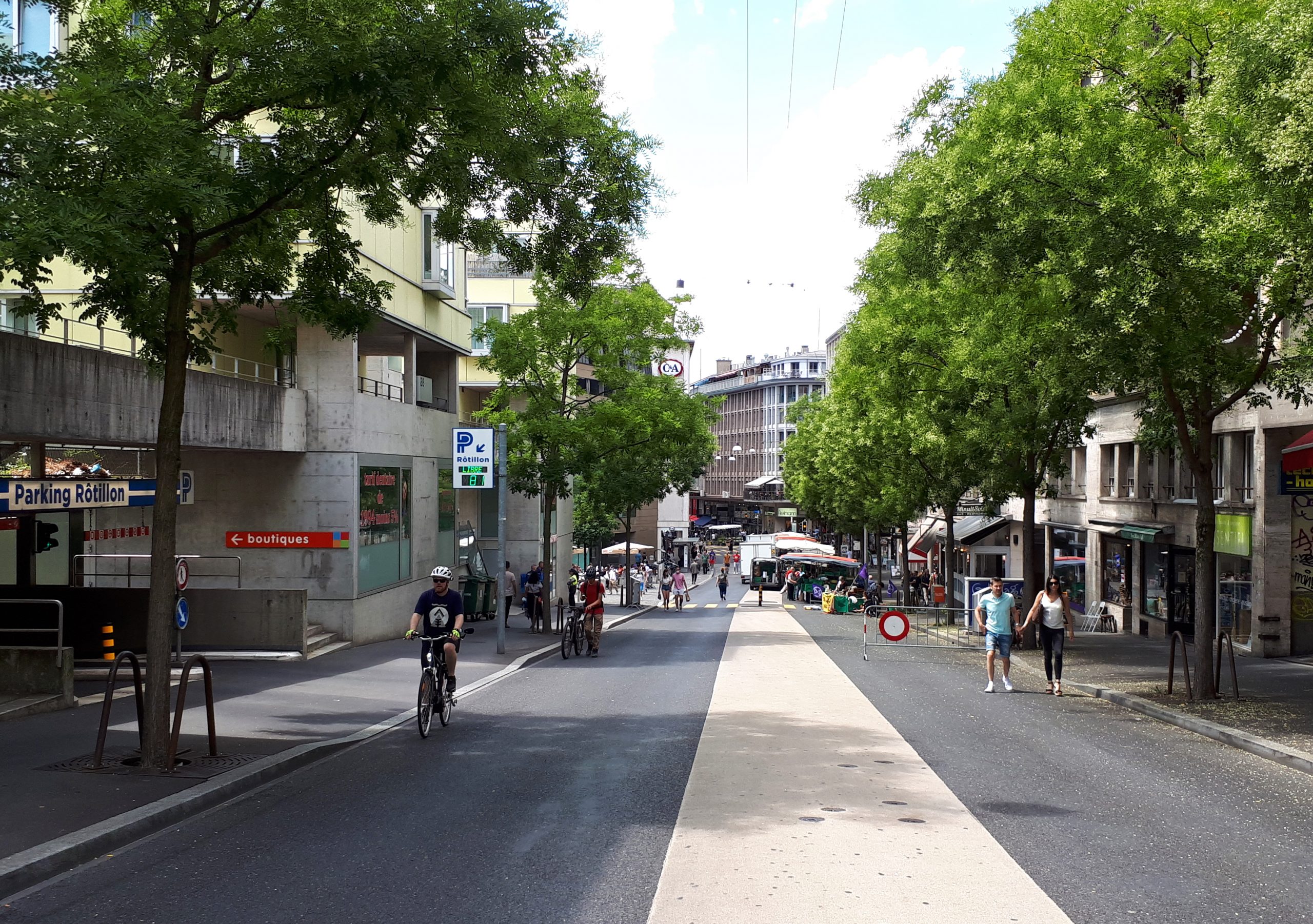 Median island in a street. Image credit: RdA Suisse
Median island in a street. Image credit: RdA Suisse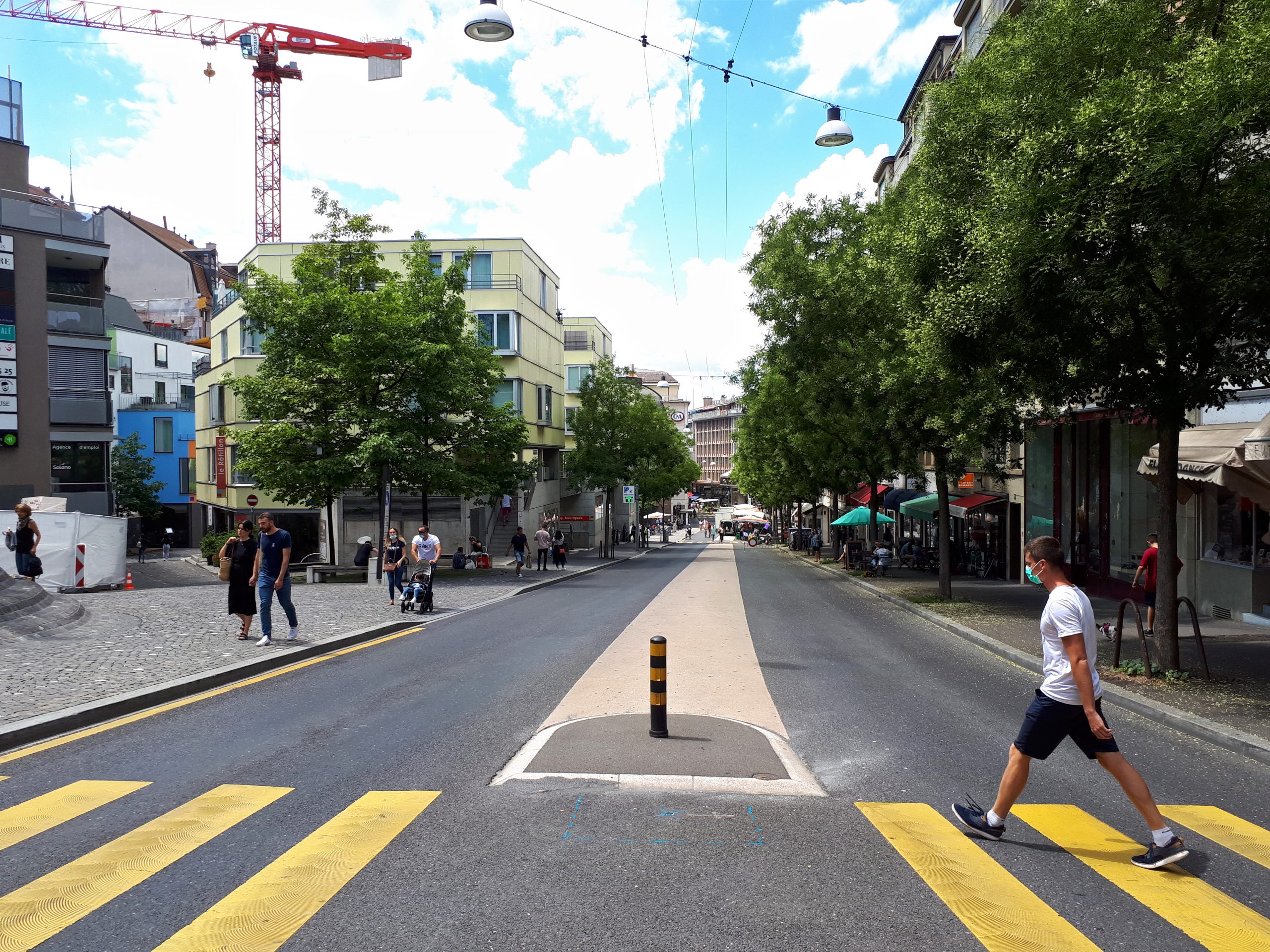 A pedestrian crossing a road with a pedestrian crossing and median. Photo credit: RdA Suisse
A pedestrian crossing a road with a pedestrian crossing and median. Photo credit: RdA Suisse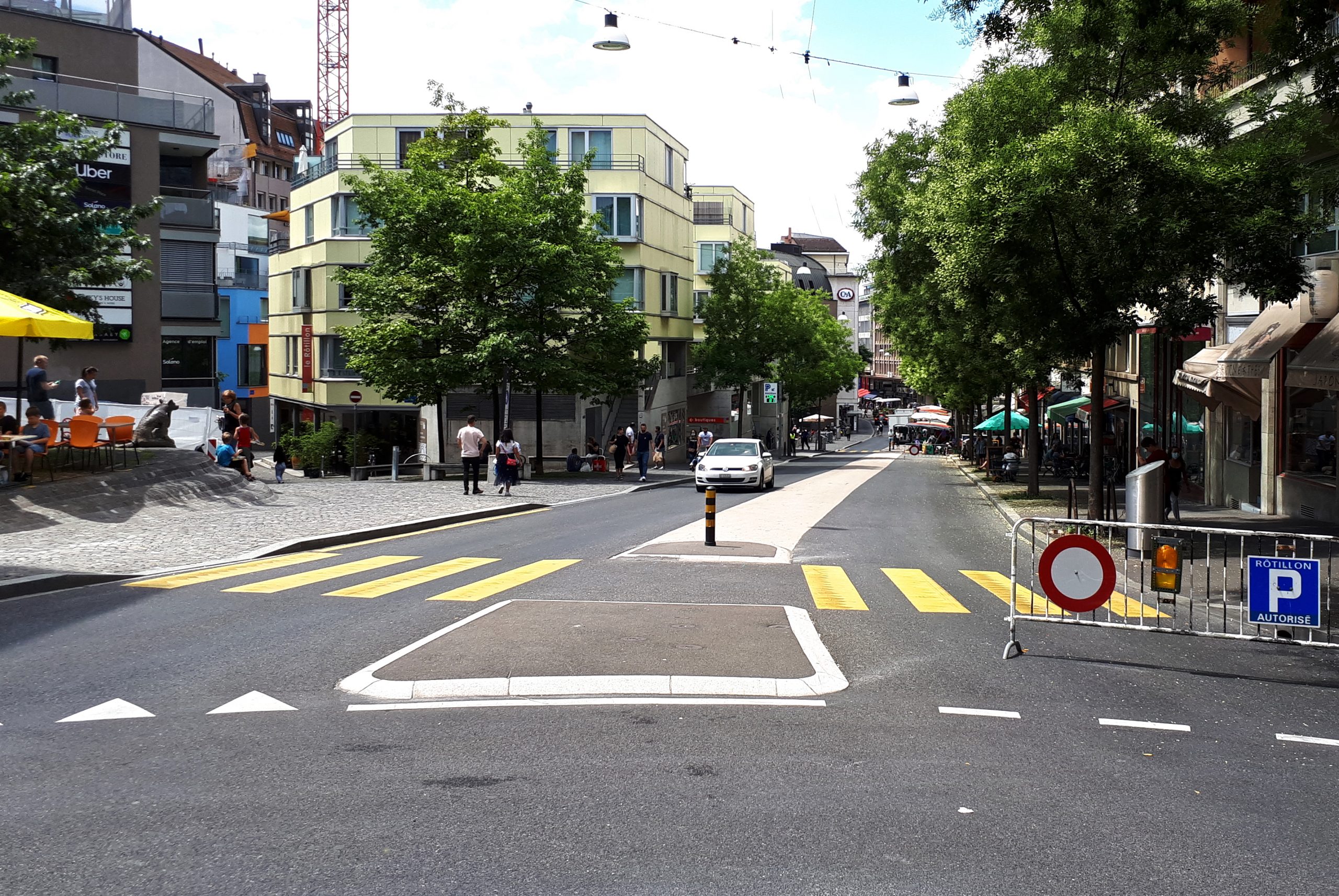 A median island on a street. Image credit: RdA Suisse
A median island on a street. Image credit: RdA Suisse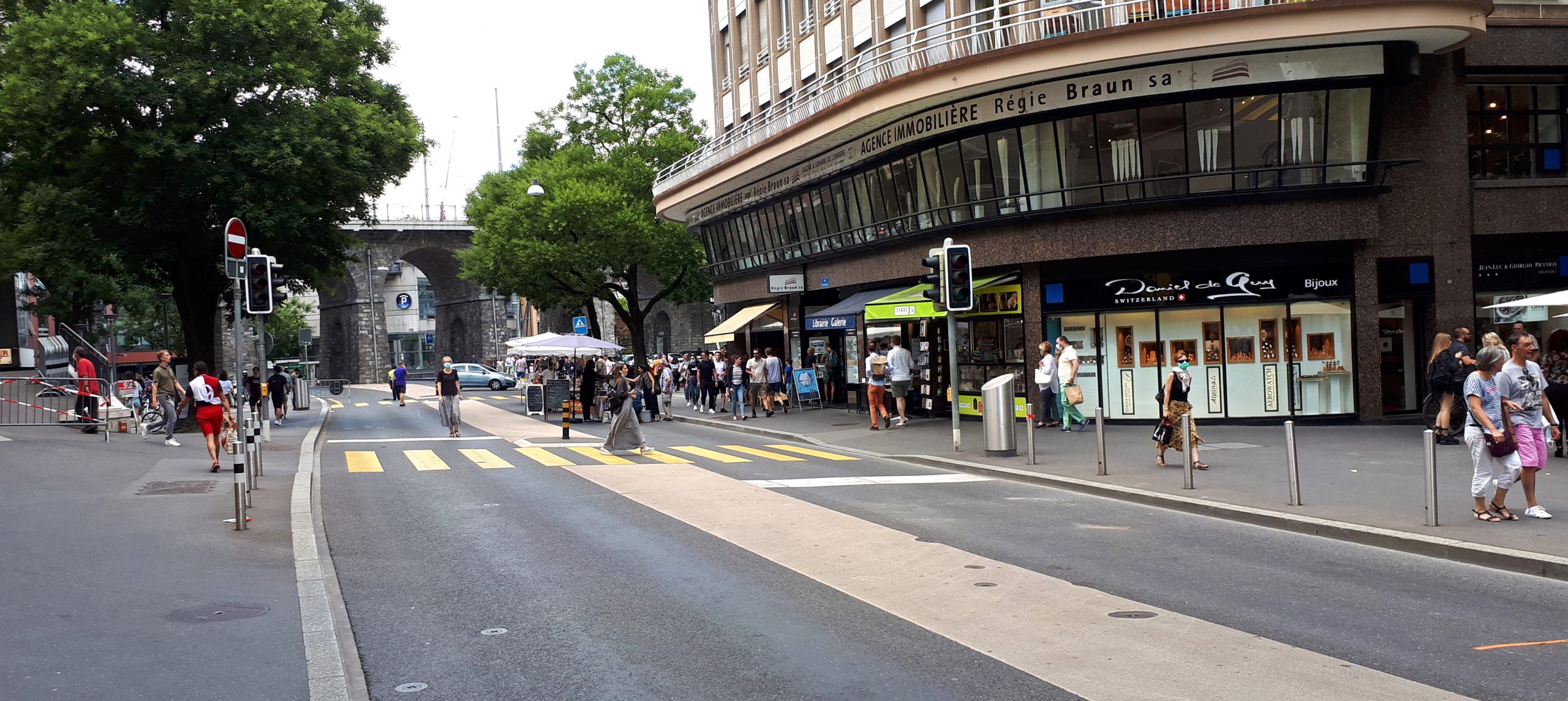 A median island on a street. Image credit: RdA Suisse
A median island on a street. Image credit: RdA Suisse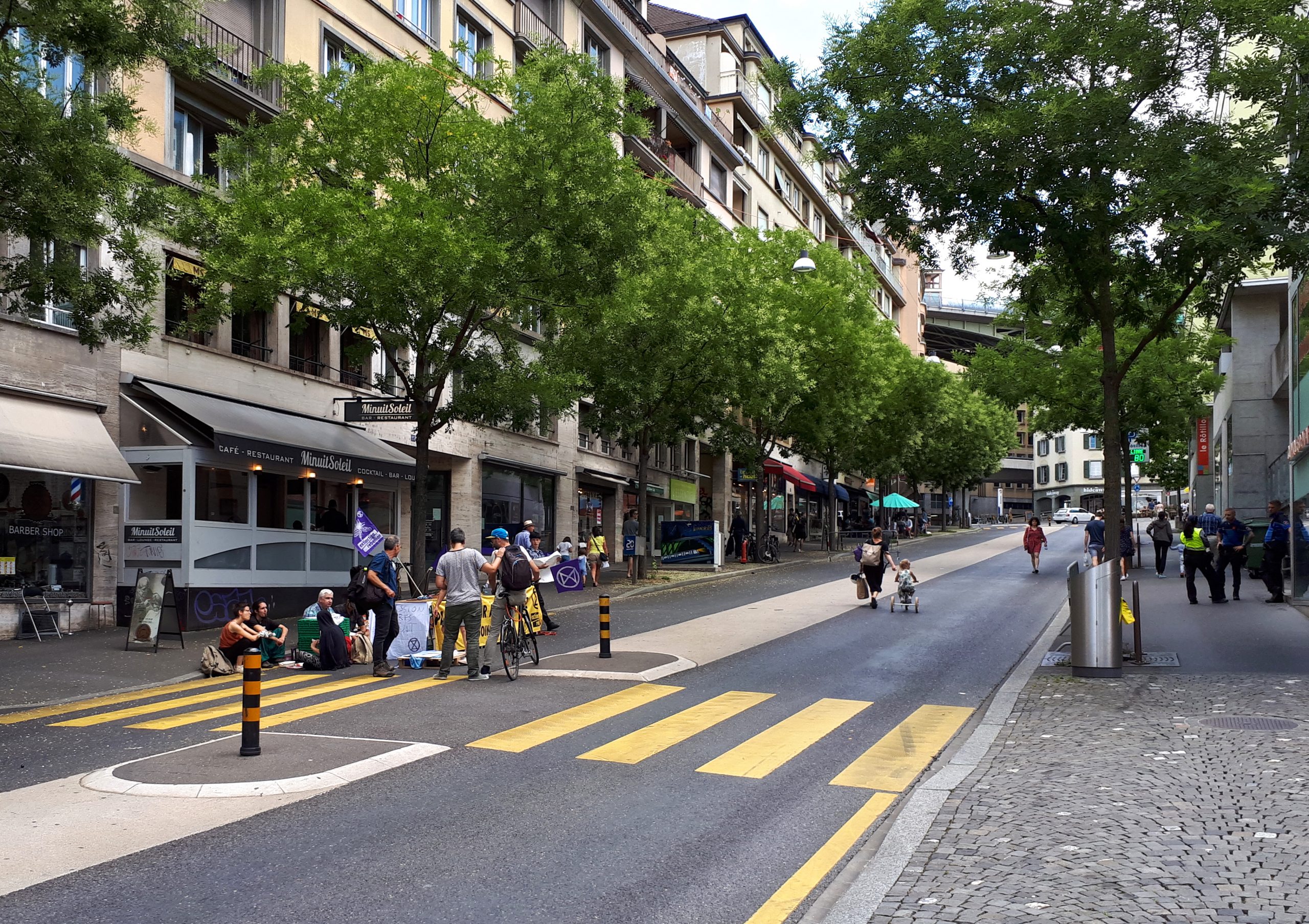 A median island on a street. Image credit: RdA Suisse
A median island on a street. Image credit: RdA Suisse










